Personal Finance
I Almost Took a Loan From My 401(k), but These 10 Factors Changed My Mind

Published:

If you’re in a position where you are considering using funds from your 401(k) to take out a loan, the bottom line is that you likely shouldn’t. This trend is becoming increasingly popular as one out of every three 401(k) owners is now said to be accessing their funds early for various emergencies.
A 401(k) loan can be a great idea on paper but rarely in practice.
There is a definite opportunity cost to taking out a 401(k) loan.
If you take a 401(k) loan out, you are going to miss out on the interest this money could be earning.
4 million Americans are set to retire this year. If you want to join them, click here now to see if you’re behind, or ahead. It only takes a minute. (Sponsor)
The idea of borrowing from your 401(k) seems pretty appealing, as most financial institutions will let you borrow up to 50% of the funds invested or as much as $50,000, whichever is less. Going down this path for quick access to funds can be attractive if you need money fast, but you shouldn’t do it anyway.

This reason isn’t financial, but borrowing from your 401(k) in the form of a loan can create a false sense of financial security that doesn’t truly exist. You may think you’ve taken care of your immediate needs, but the downside is that you are not making money on any investment.

The entire purpose of a 401(k) is to create long-term wealth so that you can enjoy a more satisfactory retirement. Borrowing from your 401(k) might create additional stress and anxiety, knowing you have a sizable payment that must be made every month for up to five years.
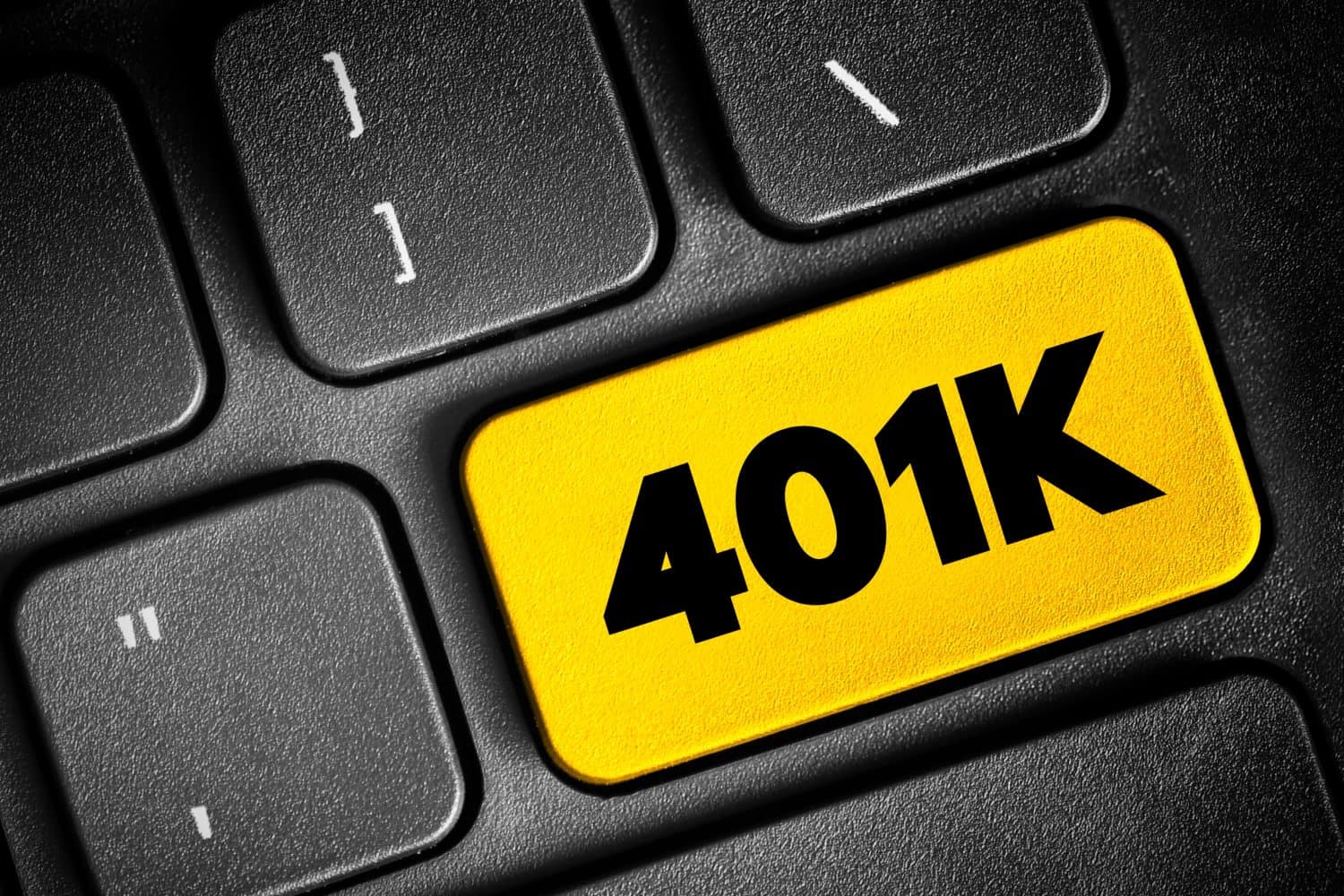
While not universally true, some 401(k) plans at different financial institutions have a provision prohibiting you from making any additional contributions while an outstanding loan balance exists. This is a major hindrance if you can’t repay the loan for years.

If you can’t make additional contributions, you are losing out on up to five years of interest on any amount that would have been contributed. As many calculations suggest that your money should double every seven years, this could mean losing thousands and thousands of dollars in investment returns.

Anytime you take out a loan from a 401(k), you must know that any cash flow used to repay the loan will reduce your future 401(k) contributions. As a result, if you have lower 401(k) contributions over a few years, each of these years will see your taxable income grow, which means you are losing even more money.

Depending on how much you plan to contribute yearly, this could mean up to $23,000 more taxable income than you pay yearly. This increase in income could even push you into another tax bracket, costing you even more money.
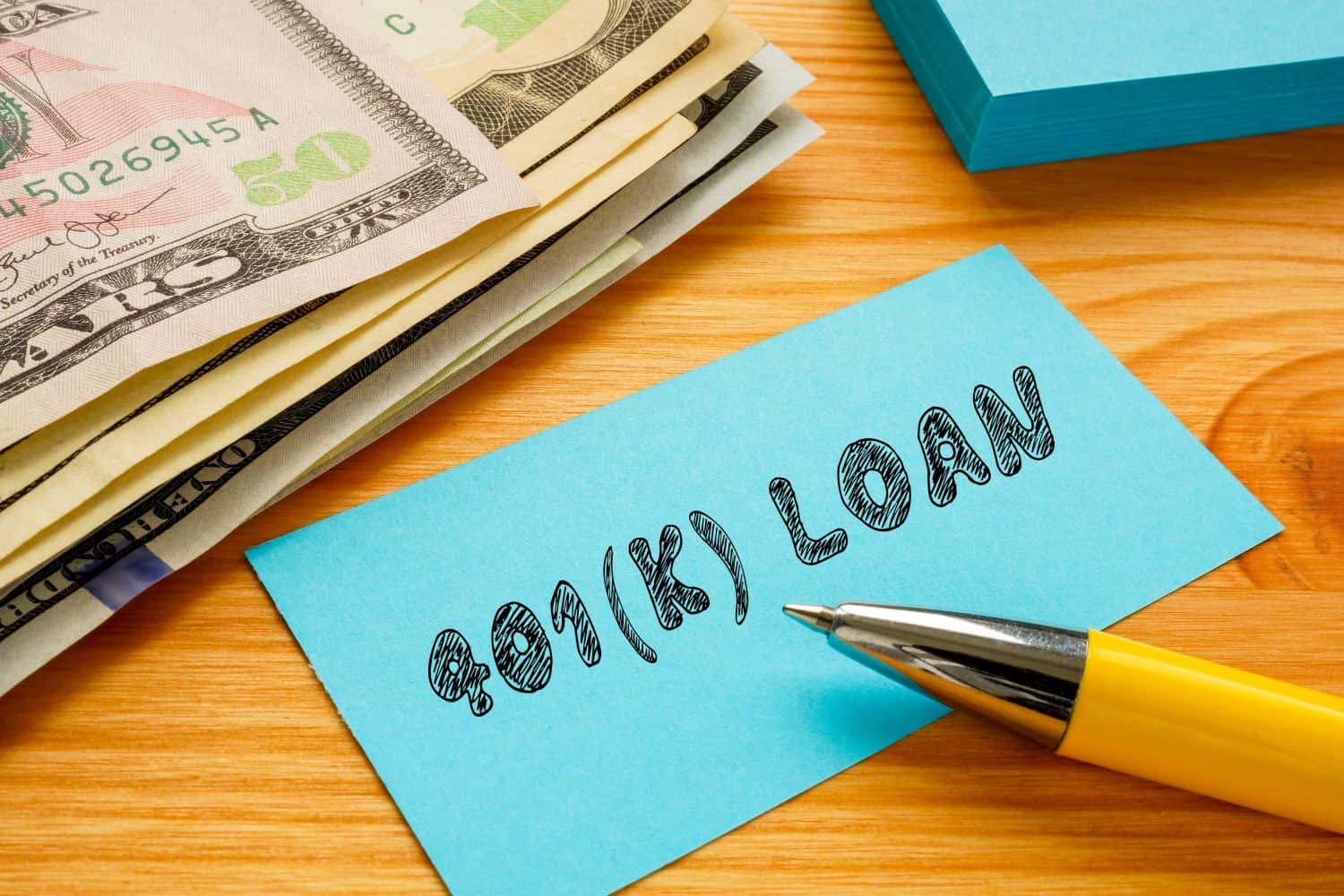
It won’t come as a surprise to learn that financial advisors frequently tell their clients to avoid having high confidence they can repay a 401(k) loan quickly. The likelihood that you will repay the loan before the five-year deadline is something most people think they can do but rarely accomplish.

This speaks directly to other reasons on the list, such as the money you pay back on the loan can be better spent elsewhere. It’s hard to quantify this number, but if you have to make $500 in monthly repayments instead of saving for a house, this is a big reason to avoid the loan altogether.

Anytime you borrow money from a 401(k) and have to make repayments here, you aren’t making repayments elsewhere. This means that things like student loans or credit cards will continue to accrue interest over time, often at higher interest rates than a 401(k) loan.

If you have a $10,000 balance on a credit card with a 23% interest rate, you are much better served trying to pay this money down before borrowing from your 401(k). Could you use the loan to pay off the credit card debt? Yes, but then you risk losing the compounding interest from your retirement savings.

This reason to avoid taking out a 401(k) loan speaks directly to other reasons on this list. If you’re taking out $30,000 and missing out on a 10% market return, you’re missing out on significant money. In this case, you must decide which is more important: short-term needs versus long-term retirement growth.

At this point, you must consider the missed gains that could accompany your retirement. If you’re taking out $30,000 and missing out on 10% over the next 25 years, you’re missing out on what could essentially be $295,041 in compounded gains over the same period. This could greatly affect your retirement lifestyle.

This is a consideration most people don’t consider when considering a 401(k) loan. Depending on your financial institution and rules, some plans require you to pay back origination or maintenance fees. This could be 1% of the loan value, which, depending on the loan size, isn’t pocket change.
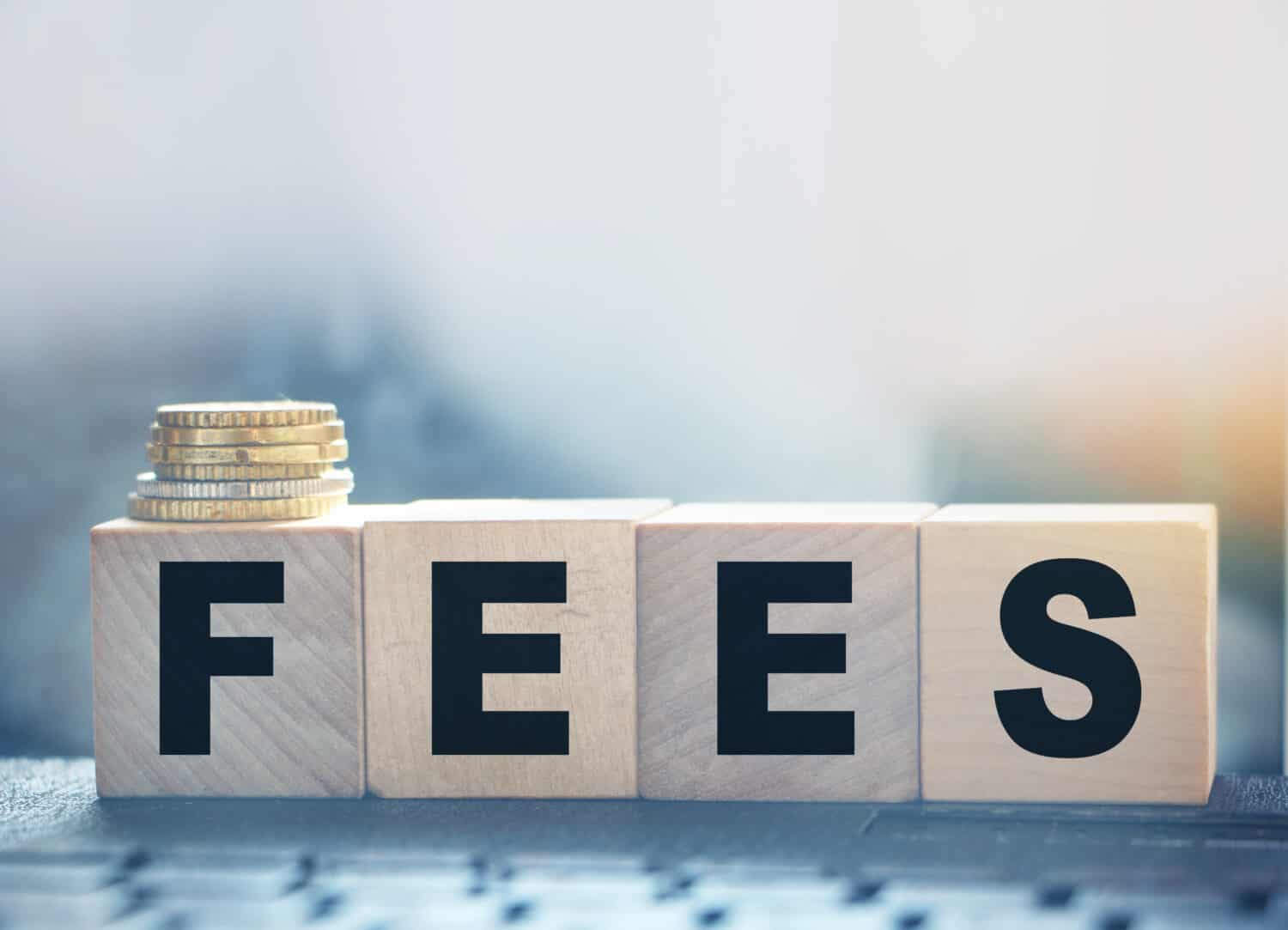
Initially, you’ll have an origination fee, so there’s $50 or $100 you’ll never see again, but the real fees are based on the loan size. If you only borrow $1,000, your cost might be $150, but that’s already 15% of the top you are losing. However, the real issue is if you default on the loan and are younger than 59.5 years of age, you’ll owe a 10% early withdrawal fee.

Here’s the big concern over timing that most people don’t consider before taking a loan out of their 401(k). If you need a loan, it’s okay to consider so long as you plan on staying with your employer for a prolonged period, at least the time required to repay the loan.
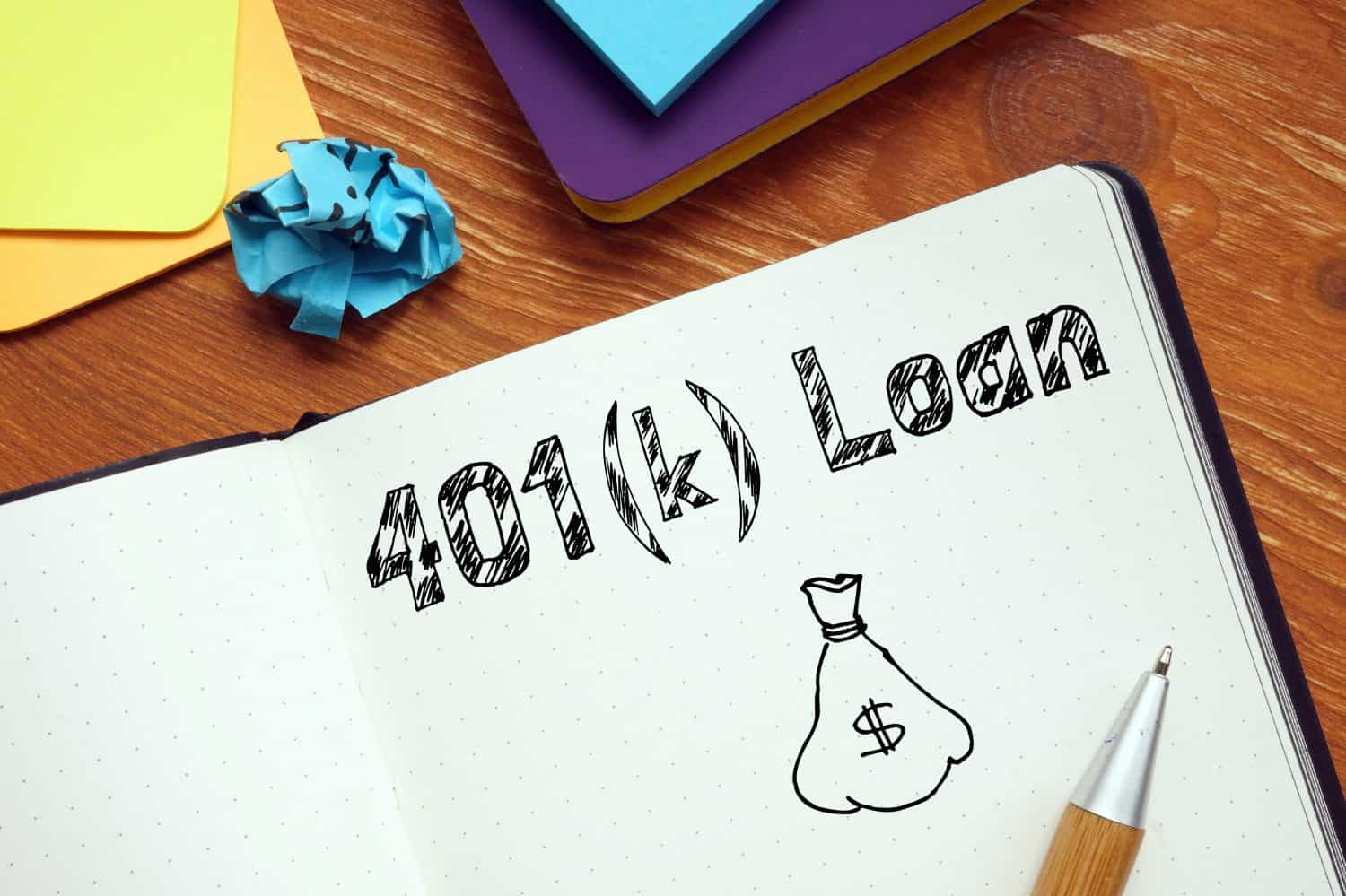
If you change jobs while repaying a 401(k) loan, you must know the financial considerations. While the five-year period applies with the same employer, this isn’t true if you leave. In this case, you have to pay the entire balance back to the account before the next tax day in April, without exception.

Some people consider taking a loan from their 401(k) as essentially taking a loan out and paying themselves back. The challenge is that the interest you are paying on the loan isn’t going directly toward your balance, so it’s money that could have been invested instead but now is being wasted paying back interest.

Let’s look at a small loan you have taken from your 401(k), like $20,000, which is expected to take five years to repay. In this case, you’ll be paying an extra $415.17 monthly at 9%, a bit higher than the current prime rate of 8.25%, which financial institutions usually charge for loan repayments.

One of the biggest concerns with taking any kind of loan out of your 401(k) stems from the idea that if the money isn’t in your account, it isn’t growing. Any borrowing that takes place will reduce the overall principal you have invested, which limits how much growth you will achieve over time. So, if you borrow the max at $50,000, you lose any potential investment returns on this money.
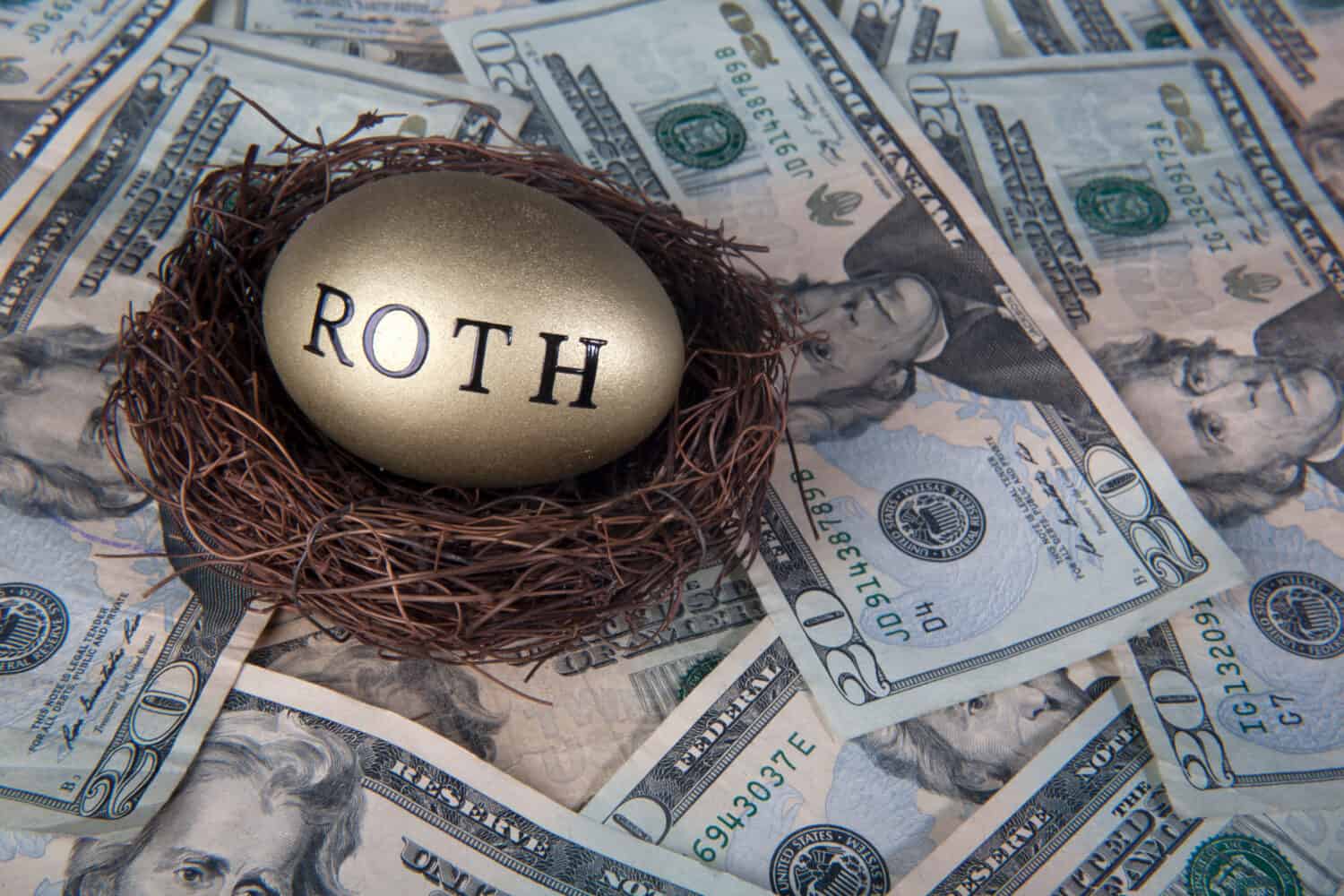
Let’s say you borrow $50,000 to help pay for emergency medical expenses. In this case, you’re using the money for the right reasons, but the use of the money comes with a downside if you are only 5 or 10 years away from retirement. Ultimately, if you’re returning 7% annually on your investments, this means that over the next 5 years, you’re losing $20,000 in potential earnings on this money.
Retirement can be daunting, but it doesn’t need to be.
Imagine having an expert in your corner to help you with your financial goals. Someone to help you determine if you’re ahead, behind, or right on track. With SmartAsset, that’s not just a dream—it’s reality. This free tool connects you with pre-screened financial advisors who work in your best interests. It’s quick, it’s easy, so take the leap today and start planning smarter!
Don’t waste another minute; get started right here and help your retirement dreams become a retirement reality.
Thank you for reading! Have some feedback for us?
Contact the 24/7 Wall St. editorial team.